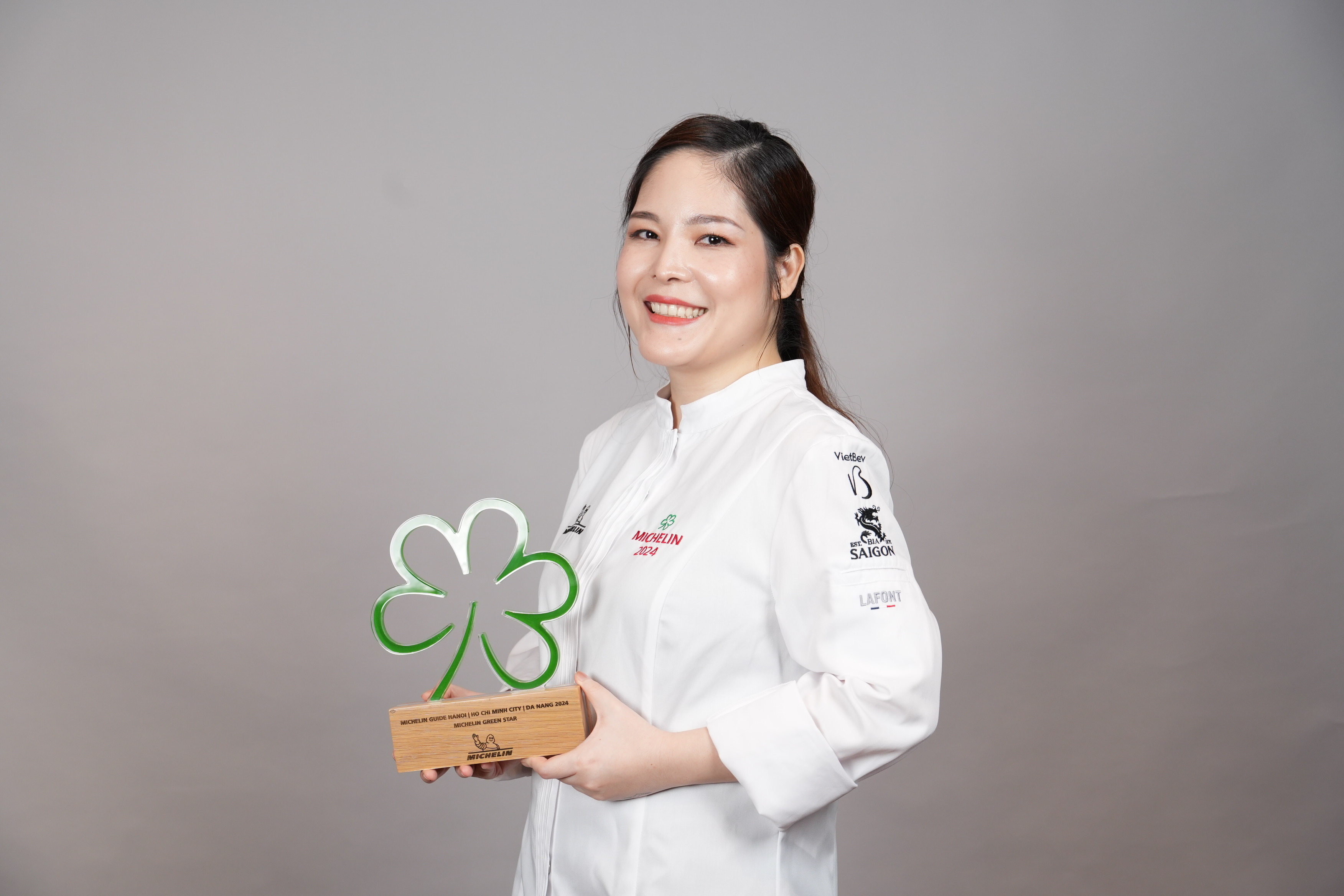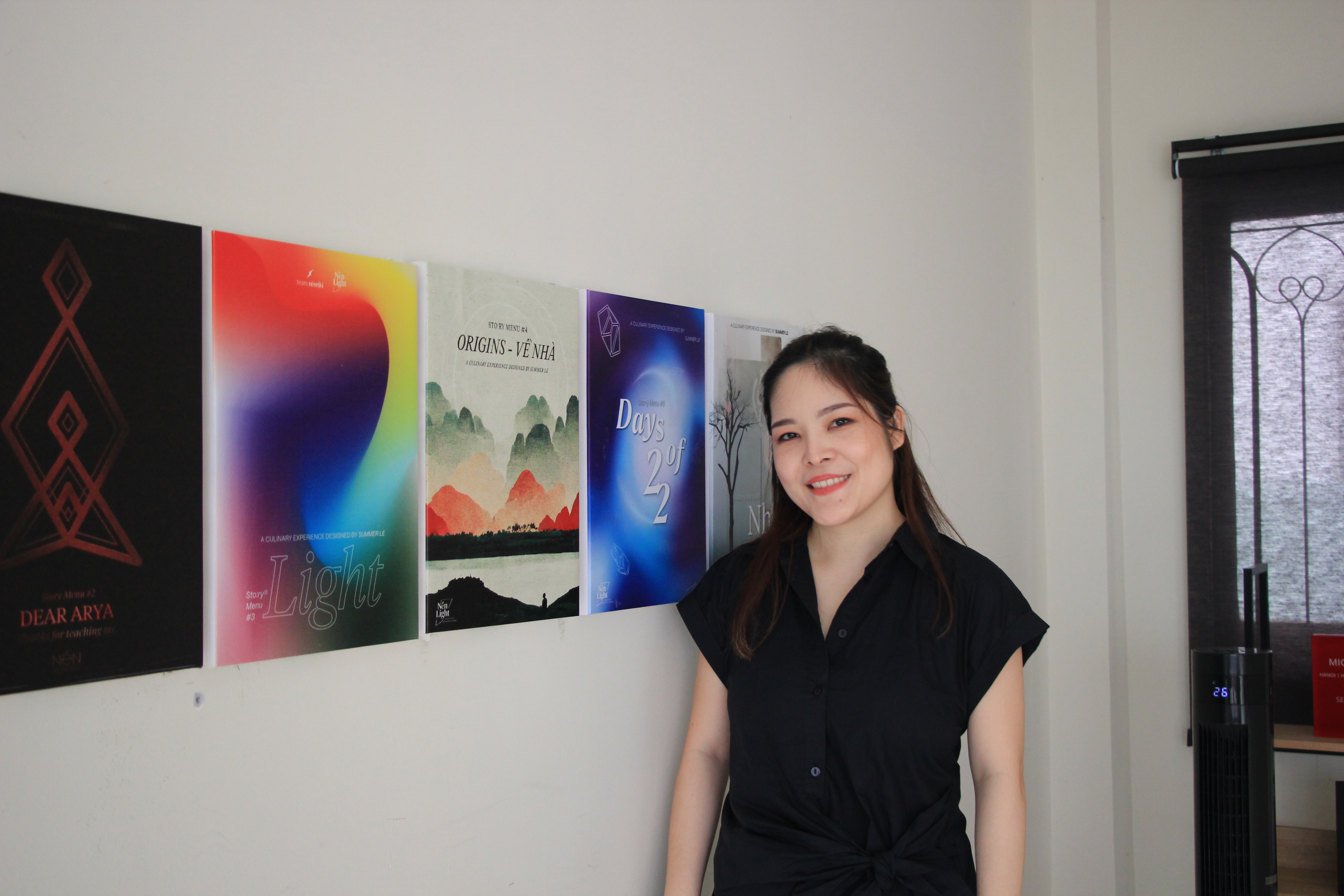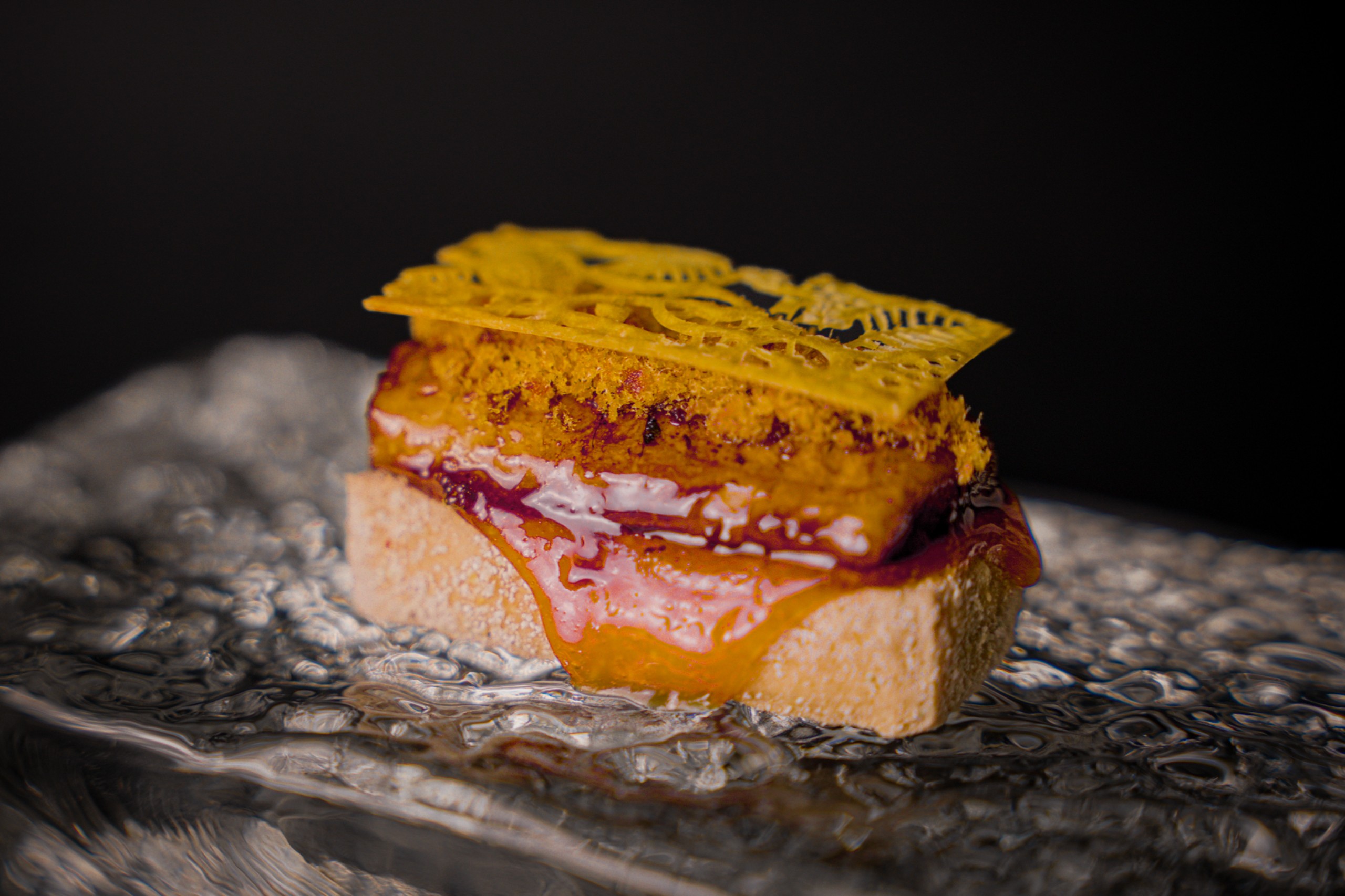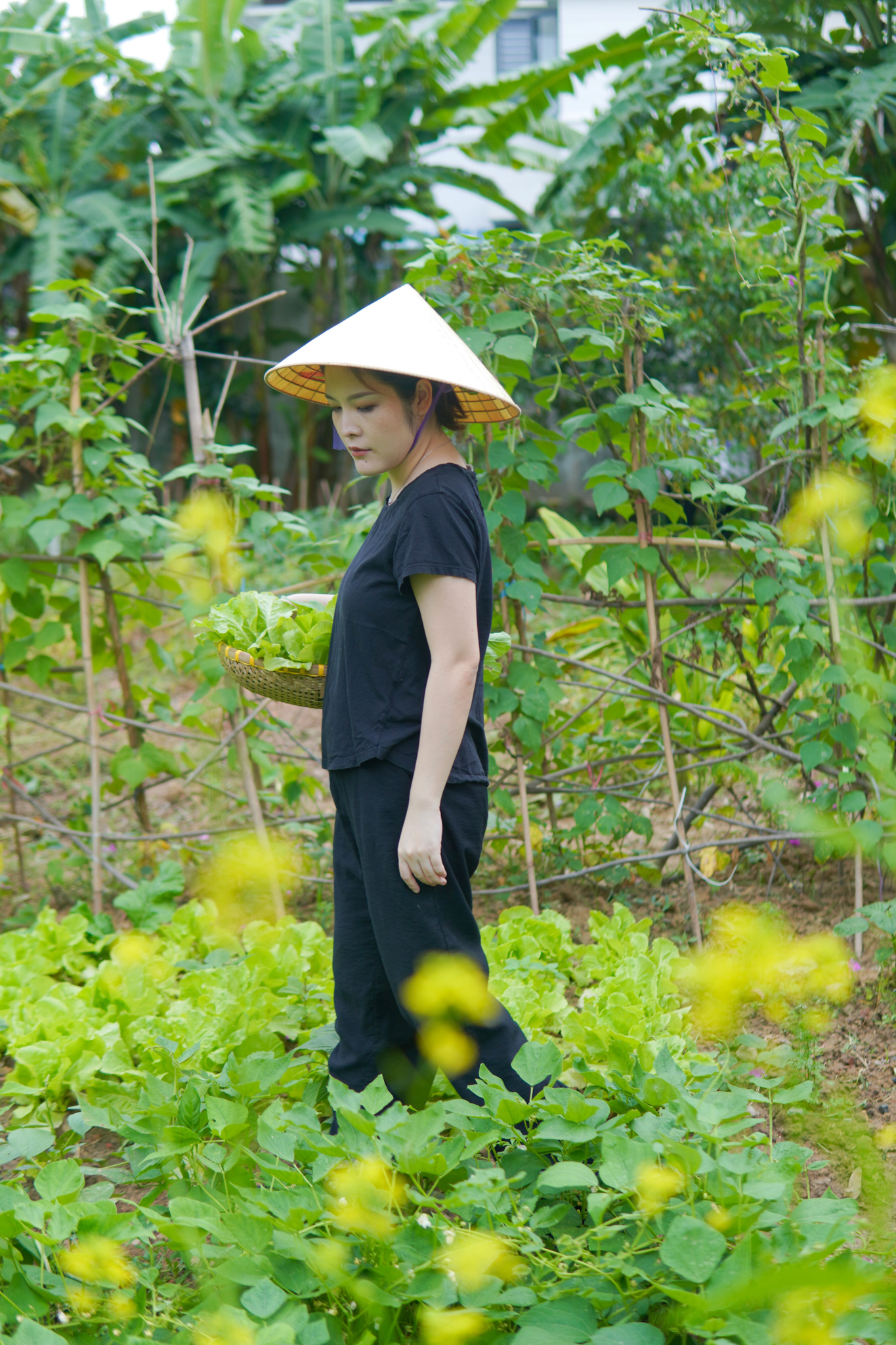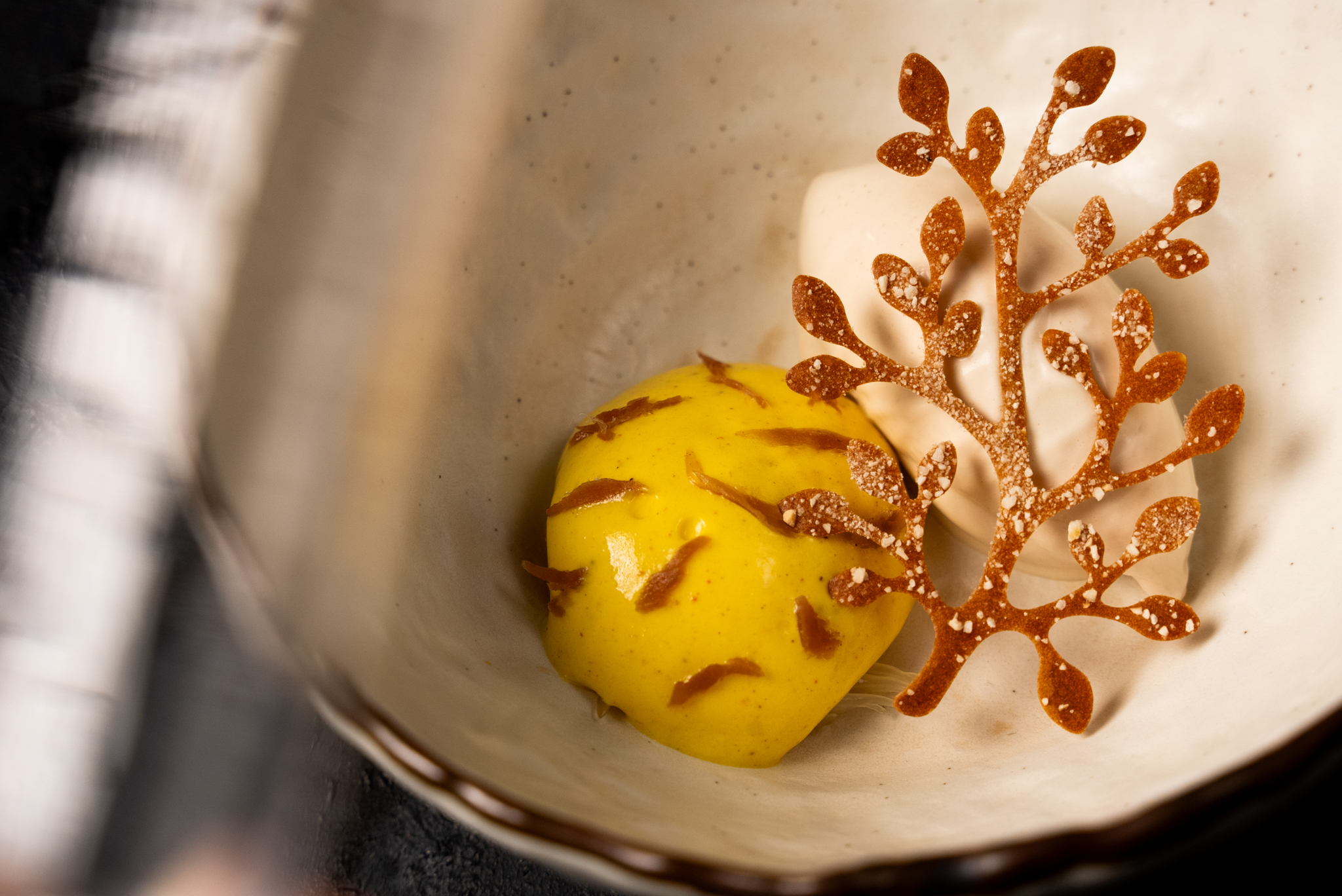A generation of chefs with creative thinking and innovative techniques is constantly striving to reinvent Vietnamese cuisine based on its inherent values, adding vibrant colors to the nation’s culinary scene in the midst of globalization.
Le Ha Uyen is an eye-catching name.
Better known as Summer Le in the industry, Uyen started her food career a decade ago with a blog to promote Vietnamese cuisine during her student years.
Today, she is the founder and head chef of two famous gourmet restaurants, Nén Danang and Nén Light Saigon.
Both venues made it to this year’s Michelin Selected list for Vietnam, with Nén Light Saigon winning the title two years in a row.
Meanwhile, Nén Danang became the first restaurant in Vietnam to receive the green Michelin star, awarded to companies at the forefront of the industry for their sustainable practices and dining experiences that combine culinary excellence with exceptional environmental commitments.
|
|
| Summer Le, founder and executive chef of Nén Danang and Nén Light Saigon, poses for a photo with the green Michelin star awarded to the former in June 2024. Photo courtesy of Summer Le |
These accolades recognize the hard work of Summer Le and her team in strengthening Vietnam’s place on the global food scene, driven by a strong belief in the inner strength of Vietnamese cuisine.
The concept of Nén
“During my last year at university, I started blogging in English to introduce Vietnamese street food to the world,” recalled Chef Le.
“I noticed that Vietnamese cuisine at the time still lacked creativity, modernity, innovation and good food, so I wanted to do something about it.”
That idea motivated her to launch Nén Danang in 2017, but after three years of operation, it closed due to the COVID-19 pandemic.
In 2022, she opened Nén Light Saigon in Ho Chi Minh City, and in August 2023, Nén Danang reopened.
Both restaurants operate under the ‘Sto:ry Menu’ concept, a tasting menu woven with narrative elements.
“Sto:ry Menu is our way of portraying Vietnamese cuisine, along with the cultural and historical values of this country,” explained Summer Le.
“For me, a grain of rice carries its own story, as much as the farmers who grow it. And I hope that when you experience our Sto:ry Menu, you can see a bit of your own story in there.”
Each story menu is created around a specific theme.
For example, ‘Dear Arya’ is a story about motherhood and Vietnamese family values; meanwhile, ‘Light’ sheds light on food’s ability to transcend borders and deliver emotions, as does ‘light’ and how Vietnamese find hope through difficult times.
With ‘Origins’, which is inspired by the deep heritage of Vietnam, the Nén team tries to answer the question: “Why should we understand our roots?”
|
|
| Summer Le poses with the promo photos of Nén’s Story Menu concepts displayed at Nén Light Saigon in Ho Chi Minh City. Photo: Dong Nguyen / Tuoi Tre News |
Summer Le said that her team puts a lot of effort into transforming ideas, inspired by everyday life, into tasty and meaningful dishes when creating a menu.
This effort is evident in dishes such as “Kaleidoscope” in the “Lights” menu.
“Somewhere in my train of thought about light there is a kaleidoscope,” she said.
“It’s an amazing device: no two kaleidoscope images are alike, and the materials inside mix randomly with each turn, producing a million facets of light and dark.
“I think a kaleidoscope is such a beautiful analogy for life and I wanted to make a dish inspired by it.
“It turned out to be the most difficult dish to develop on this menu.
“After several inquiries, the one that made the most sense to me was layering.
“I spent about two months testing different layer combinations and finally found one interesting enough to create the flavor profile I want.”
|
|
| The ‘Kaleidoscope’ dish in the ‘Light’ menu by Nén. Photo: Delivered |
The culinary world at Nén is as alive as the colorful world inside a kaleidoscope where Summer Le and her team freely explore, create and cook unique, exquisite dishes from local Vietnamese ingredients.
99% hyper-local ingredients
Summer Le’s fine dining can be understood as a ‘pure Vietnamese’ style, with the Nén restaurants saying it uses 99 percent hyper-local ingredients.
This means that most or all of the ingredients are grown by the restaurant itself, and what they can’t produce, they source locally in the hopes of “bringing out the true essence of Vietnamese flavors.”
Since its establishment in 2017, Nén has prioritized sustainability by growing vegetables, edible flowers and fruits on the roofs of both restaurants.
Earlier this year, they introduced Nén Farm, an environment dedicated to researching and growing ingredients for the restaurants as part of their passionate journey to promote local elements.
|
|
| Summer Le is seen in an accompanying photo taken at Nén Farm. |
Summer Le and her team not only grow their ingredients, but they also diligently research various unusual Vietnamese components such as bougainvillea flowers and beeswax.
The brand even runs a project called Nén Journal, which documents the ingredients Nén uses, detailing texture, aroma, taste and practical use.
“Every summer we pick cherry Bougainvillea, sometimes we collect up to five kilos of flowers. After the harvest, we remove the veins, clean, salt, dry and grind the flowers to create the final product – Bougainvillea salt,” describes Nén Journal.
“Bougainvillea salt is pink with a rich umami flavor. We use this salt to sprinkle over cheese mousse with fresh prawns marinated in garlic oil and fresh fruit, served in Sto:ry Menu #4: Origins – Vậ nhà.”
Talking to Chef Summer Le, one would have no trouble realizing her belief in the power of Vietnamese cuisine.
|
|
| Local ingredients used at Nén restaurants. Photo: Delivered |
She does not want to make modern Vietnamese cuisine or elevate Vietnamese dishes by ‘borrowing’ ingredients from other countries.
She believes that “this is the inherent strength of every kitchen.”
“Any cuisine that wants to have inherent strength must use ingredients from that country,” Le insisted.
“What we do at Nén is just to prove it. Look, we only use our local Vietnamese ingredients and with the taste of the Vietnamese people we can create delicious and beautiful dishes.
“We have to believe that our kitchen is ‘top-notch’; only then can we invest the effort in developing it,” she said.
|
|
| A dish by Nén. Photo: Delivered |
She noted that Vietnam’s fine dining scene has made significant progress in recent years.
“While traditional food and street food remain the heart of Vietnamese cuisine, we need to improve other aspects to create a more vibrant culinary landscape and attract a wider audience,” Le said.
Like us on Facebook or follow us on Twitter to get the latest news about Vietnam!
